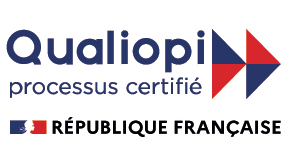If you are learning French, by way of a French language School, or otherwise, a very important part of understanding the language is to have a working knowledge of the accents and how they are used. There are five accents in the French alphabet, and they function as a guide to how words are to be pronounced. They are easily recognisable visual symbols used in written and typed French that indicate how letters are to be sounded. So let us take a look at each of the accents and see what each one does.
1. The Aigu Accent (L’accent aigu)
The aigu accent is placed above the e vowel and changes the sound to ay. The aigu points upward and to the right. It is very commonly used, and an example of its use would be in médecin (may-deh-sehn, meaning doctor). It comes at the end of words too, for example in marché, which means market. The aigua accent is only used over the letter e.
2. The Grave Accent (L’accent grave)
The grave accent is also placed over the e but can also be used over other vowels. It only changes the sound over the e, however. This accent points upward towards the left, so is like the opposite of the aigu. It produces an ehh sound like that in set or get. An example of the use of the grave accented e can be found in très (treh, meaning very).
3. The Cedilla (La Cédille)
The cedilla is a tiny tail under the letter c in French words, and its function is to give the letter an s sound. Garçon, the French word for boy, has a cedilla.
4. The Circumflex (Le Circonflexe)
The circumflex is a little pointed hat that can sit on top of any of the vowels a, e, i, o and u. It looks like this ^. It has three functions. Firstly, according to certain French language rules, it can change the pronunciation of the vowels a, e and o but never of e and i.
Secondly, it is used to show where another letter once existed in the Latin word the French word is derived from. For example, forêt (for-ay, meaning forest from the Latin forestis).
Thirdly, the circumflex is used to distinguish one word from another that is spelt the same way but pronounced differently. An example would be sur, meaning on versus sûr, meaning sure. However, in some words the circumflex has no known function.
5. The Trema (Le tréma)
The fifth accent used in French is known as the trema. It is very similar to the German umlaut, and is formed by two dots that are placed over the second of two consecutive vowels. It is to show that the vowels are sounded separately, for example, it is used in coïncidence (ko-ehn-see-dahns, which in English means coincidence).
The French accents need to be studied to become familiar with them, but a knowledge of when they are used and what they mean will help you to speak French like native French-speakers do.




